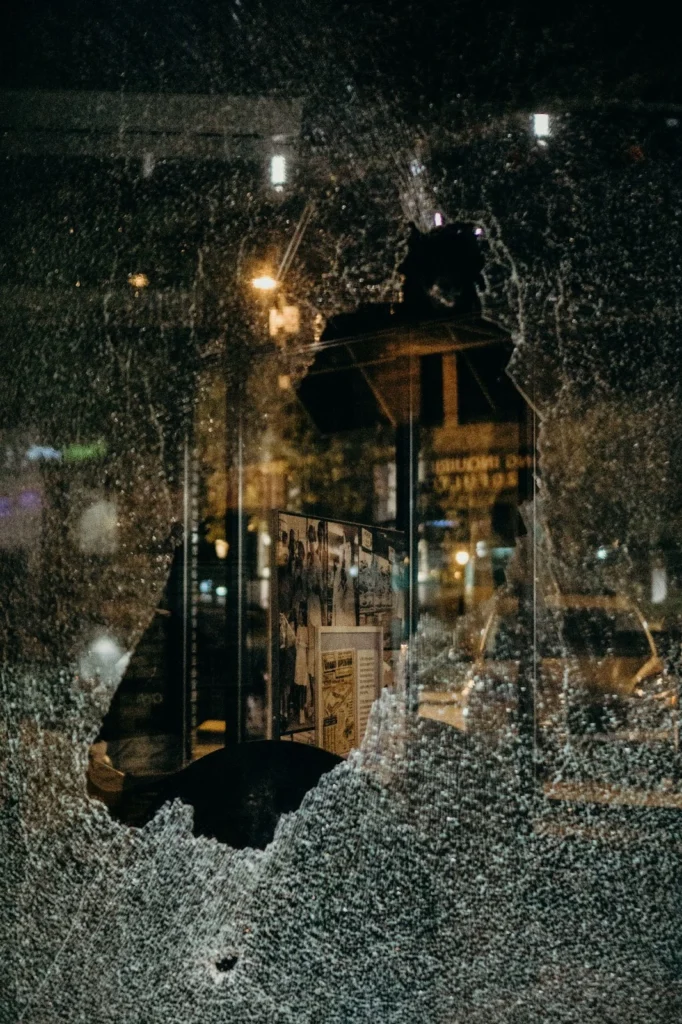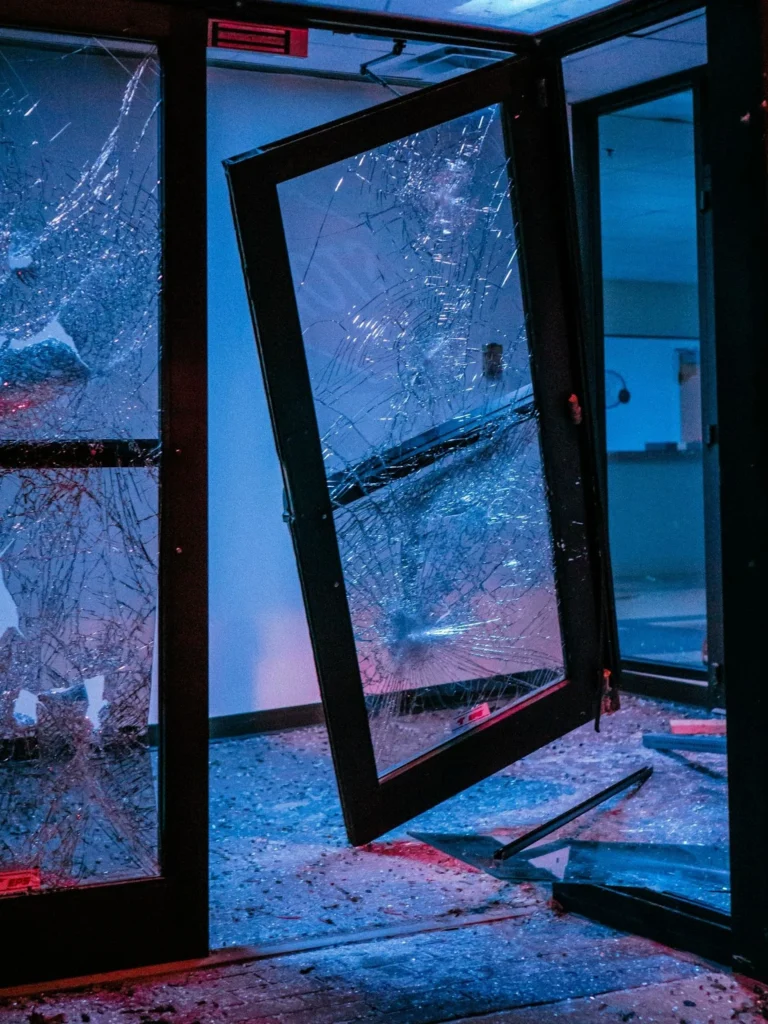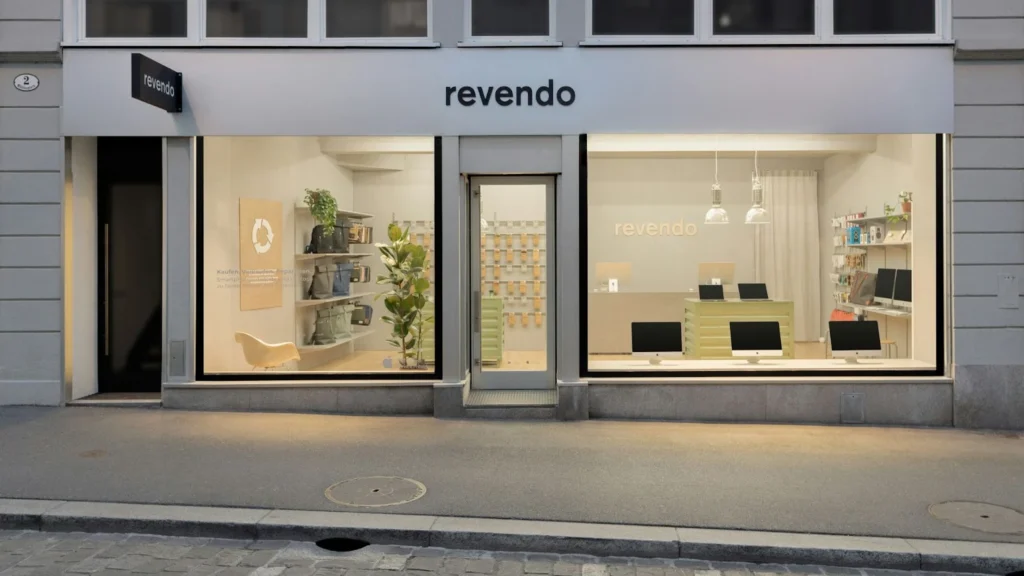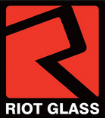Written By: Brad Campbell | March 31, 2025
Businesses and facilities of all types face a growing range of complex security threats, from burglary and vandalism to natural disasters and active threat scenarios. As such, ensuring the safety and security of commercial properties is a top concern across industries.
Physical security is the first line of defense against these threats, providing business and property owners with the tools they need to protect people and assets from harm, theft, and damage.
In this article, we’ll explore the fundamentals of physical security, its importance in various commercial settings, and the most effective measures you can implement to safeguard your property.
Physical security refers to the strategies, tools, and technologies used to protect people, property, and assets from physical threats. Unlike cybersecurity, which focuses on protecting digital information, physical security aims to prevent unauthorized access, damage, or destruction in the real world.
Common physical security measures include:
Together, these measures create a comprehensive approach to security, minimizing risks and ensuring the safety of employees, customers, and valuable assets.

Commercial facilities face a broad spectrum of security threats. Whether you operate a retail store, office building, warehouse, healthcare facility, or anything in between, your property may be vulnerable to one or more of the following:
Physical security measures address these challenges by creating robust layers of defense. For example, ballistic-grade security glazing can protect against both forced entry and gunfire, while perimeter barriers help prevent vehicles from being used in attacks.

Determining the right physical security measures for your property starts with a thorough threat assessment. This process identifies vulnerabilities in your current security setup and highlights areas where improvements are needed.
A professional threat assessment will consider factors such as:
Key physical security measures to consider include:
One of the most effective ways to secure your property is by reinforcing its most vulnerable points: windows and doors.
Security glazing, such as Riot Glass, can provide:
Implementing advanced access control systems helps ensure that only authorized personnel can enter restricted areas. These systems can be tailored to your facility’s needs, ranging from simple keypads to sophisticated biometric readers.
A well-designed surveillance system acts as both a deterrent and a tool for responding to and investigating incidents. Modern cameras offer features like high-resolution imaging, night vision, and remote monitoring capabilities.
Fencing, bollards, and other physical barriers protect the outer boundaries of your property, keeping intruders at bay and reducing the risk of vehicle-based threats.

Intrusion detection systems alert you immediately if unauthorized access is attempted. Pairing alarms with motion sensors, glass break detectors, and door contacts enhances the effectiveness of your overall security strategy.
To illustrate how physical security measures work together in real-life scenarios, let’s consider a hypothetical forced entry attempt at a retail store located in a high-traffic commercial district.
The Situation:
Late one night, a group of burglars targets the store, aiming for a smash-and-grab theft. Their plan involves using crowbars and hammers to smash through the front doors, allowing them to quickly grab high-value electronics displayed near the entrance.

Outer Layer – Perimeter Security:
As the burglars approach, they encounter sturdy bollards installed along the storefront. These bollards prevent their getaway vehicle from being driven directly up to the building, preventing them from using a vehicle as a ram and forcing them to park farther away, increasing their risk of being seen.
Middle Layer – Security Glazing:
The burglars attempt to break the glass doors with their tools. However, the doors are equipped with ArmorPlast, a forced entry-resistant glazing system. Despite multiple strikes, the burglars are unable to breach the glass. This delay frustrates them and gives the store’s alarm system time to activate.
Inner Layer – Alarm Systems and Surveillance Cameras:
The moment the burglars attempt to tamper with the door, sensors integrated into the security system trigger a loud alarm and send an alert to the store’s security monitoring company. High-definition surveillance cameras capture clear footage of the burglars, providing valuable evidence for law enforcement.
Additional Measures – Access Control and Security Personnel:
The store’s access control system ensures that even if the burglars manage to enter, they cannot access the secure stockroom where the most valuable items are stored. Additionally, the monitoring company dispatches security personnel to the scene, who arrive just as the burglars decide to abandon their attempt.
The Outcome:
Thanks to the store’s layered physical security approach, the burglars fail to gain entry and leave empty-handed. The bollards, security glazing, and alarm system worked together to deter, delay, and respond to the threat effectively. The surveillance footage also aids in identifying the perpetrators, increasing the likelihood of their apprehension.
This hypothetical case study demonstrates how investing in robust physical security measures not only protects property and assets but also minimizes the risk of costly damages and downtime.
By combining perimeter defenses, advanced security glazing, and technology-driven solutions, businesses can significantly harden their physical security against highly determined attackers.
Physical security is a critical component of protecting commercial properties from a wide range of threats. By investing in measures like security glazing, access control systems, and surveillance cameras, businesses and facilities can significantly increase their safety and security.
The best way to secure your property is to start with a threat assessment, identifying vulnerabilities and tailoring solutions to address them.
With the right physical security measures in place, you can create a safer environment for everyone who walks through your doors and safeguard your business from harm.
If you’re ready to take your commercial property’s security to the next level, contact Riot Glass today to learn more about our industry-leading solutions.

HOW CAN WE HELP YOU?
